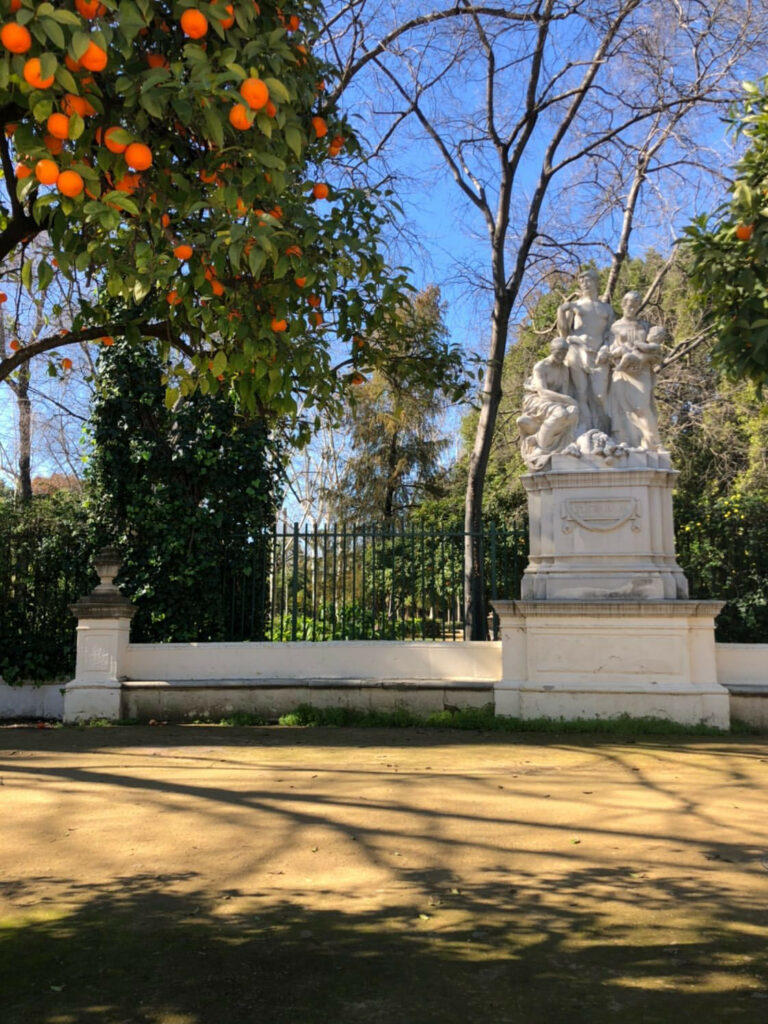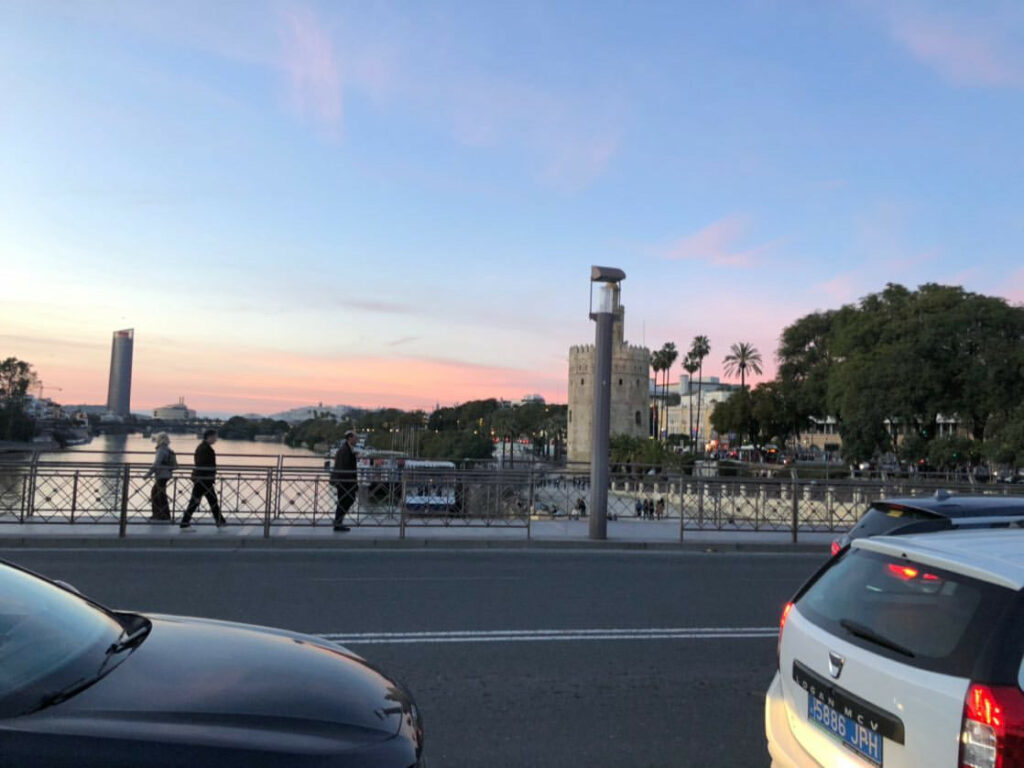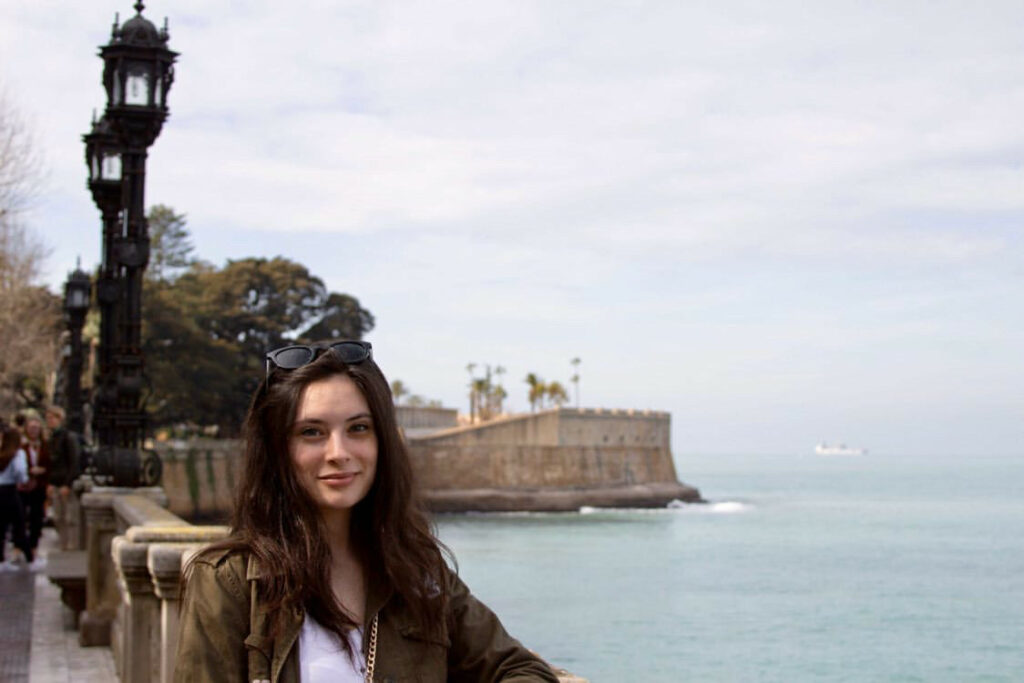Photo Credit: Catherine Butrick
There are some skills that you either definitely possess or you will likely never acquire. One of these skills is the ability to navigate around an unfamiliar area. Either you can look at a map once and be completely comfortable finding your way, or you need a government-level GPS to find the next street over. Unfortunately, I belong to the latter group.
I have the unique capability to turn a ten-minute walk into a five-mile hike—a talent not very much appreciated by my friends who prefer not to fulfill their smartwatches recommended daily step count on our way to class. Alas, my Type A personality continues to place me at the front of the group when walking anywhere and thus appoints me as the navigator.

One would think that this talent of mine would discourage me from participating in the stereotypical tourist activity of “getting lost in the city,” but they would be wrong. I love getting lost. Or should I say, I love exploring and inevitably end up an hour away from my initial location in the process?
Just last weekend, I decided to walk around my host city (Sevilla, Spain). I didn’t have a specific location in mind; I took whatever turn seemed more enticing and followed the crowd, more or less. Almost an hour and a half and two hundred pictures later, I decided it’d be a good time to head home, as it was beginning to get dark, and I was by myself.
Despite meticulously following the directions of my phone’s GPS, I still managed to end up on the opposite side of the city from my host family’s apartment, which resulted in a two-hour detour rather than a short thirty-minute walk back. While the experience did frighten me a bit (as I had to walk through some less than desired areas), I have come to appreciate it.

When you are preparing to study abroad or embark on an extended trip, people will emphasize the importance of getting to know and understand the local culture. However, it can be extremely difficult to do so if there are obstacles such as a language barrier. While some aspects of life are easy to notice by just being immersed in the culture (clothing, hairstyles, etc.), some require closer observation. The observation can only be experienced by truly allowing yourself to get lost.

You can’t begin to understand the common mannerisms, unspoken rules of personal (or lack of personal) space, or inherent habits of the local people by only traveling through popular (and often touristy) streets. You can’t learn if they wait for the cross light to walk into traffic or if they walk into a six-lane road in hopes that the cars will stop (New Yorkers I’m looking at you). You can’t learn which restaurants and bars are authentic without walking through the side streets until you find a hole-in-the-wall teeming with individuals possibly speaking a different language than yourself. You can’t learn the colloquial phrases of the region without watching a local argue with a storekeeper in a crowded market.
While the thought of having absolutely no idea where you are or where you’re going can be daunting, allow yourself to appreciate the experience. Set a goal for yourself to learn at least one thing during your trip that you would not have learned sitting in your apartment/house or traveling with a group of other tourists. You’ll be surprised at how easy it is and how rewarding it feels.
And of course, remember that it is 2020, and we all likely have smartphones that can come to our rescue if we truly have no idea where we are. Be safe. Don’t decide to go on a seven-mile walk with only twenty-percent battery, and if your gut tells you not to go down that horror movie alleyway, listen to it.
Believe me: as tiring as it may be to walk home after you venture into the opposite end of the city, it will probably be a funny story later, and you’ll likely be better off in the future because of it.

—Professional Writing major Catherine Butrick, ’21, is currently studying abroad in Sevilla, Spain with API.